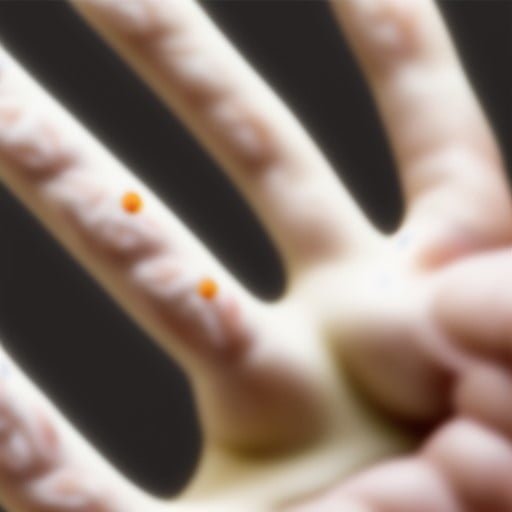Have you ever experienced a sudden, involuntary muscle twitching that seems to come out of nowhere? This sensation, known as fasciculation, can be alarming, especially when it happens frequently. Fasciculations are not uncommon and can occur anywhere in the body. But what causes them, and are they a cause for concern? In this article, we will explore the fascinating world of muscle twitching and provide an overview of their causes and treatments.
Muscle Twitching: An Overview
Fasciculations are involuntary contractions of small muscle fibers that can be visible under the skin. They can occur in any part of the body and usually last for a few seconds. Although they are typically harmless, frequent fasciculations can be a sign of an underlying medical condition. The most common areas are the eyelids, fingers, toes, and calves.
Muscle twitches can be classified into two groups: benign and pathological. Benign fasciculation syndrome (BFS) is a condition characterized by frequent, widespread muscle twitching that persists for months or even years. In contrast, pathological fasciculations can occur as a result of neurological disorders such as multiple sclerosis, ALS, or spinal cord injuries.
The exact cause of muscle twitching is still unknown. However, there are several factors that can trigger fasciculations, such as fatigue, stress, caffeine, and certain medications. Dehydration, electrolyte imbalances, and nerve damage can also cause twitching.
Causes and Treatment of Fasciculations
There are various treatments available for fasciculations, depending on the underlying cause. For benign fasciculation syndrome, treatment options include stress management techniques, improving sleep patterns, and reducing caffeine intake. In more severe cases, medication may be prescribed to alleviate symptoms.
If the twitching is caused by a neurological disorder, the treatment will depend on the specific condition. For example, ALS patients may benefit from medication to manage symptoms or physical therapy to improve muscle strength and mobility.
It is essential to consult a doctor if you experience frequent muscle twitching, especially if it disrupts your daily activities or is accompanied by other symptoms. The doctor may perform diagnostic tests to determine the underlying cause of the twitching.
In conclusion, muscle twitching is a common phenomenon that can occur for various reasons. While most cases are harmless and require no treatment, frequent twitching may be a sign of an underlying condition. Understanding the causes and treatments of fasciculations can help you manage symptoms and improve your quality of life. If you are experiencing frequent twitching, consult a healthcare provider to determine the best course of action.
We hope this article has provided you with valuable insights into muscle twitching. Remember to listen to your body and seek medical attention if you experience abnormal symptoms. Stay healthy and happy!

